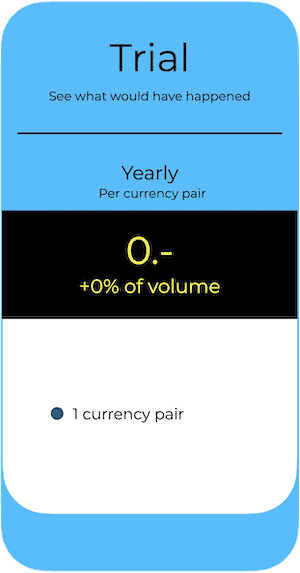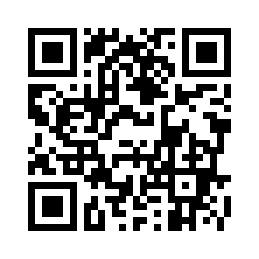There has been no change since last month’s assessment. Asian currencies remain strong against the US dollar, albeit less so than against the euro, which has appreciated more strongly than the Japanese yen, Chinese yuan, or ASEAN currencies this year.
Apart from the very short term, when the USD may temporarily rise slightly, which could also weaken the euro against Asian currencies, weaker Asian currency quotes against the euro are expected. At least as far as China and the Association of Southeast Asian Nations (ASEAN) are concerned. I have also created longer-term charts for the currencies, which show that Asian currencies against the euro essentially follow the USD trend.
Those with ASEAN risks on their balance sheets must therefore base most of their hedging considerations on the future of the EUR/USD exchange rate. This should simplify the process of assessing future fluctuations.
Other Conditions for JPY and KRW
I am optimistic that, within the next 15 months, the JPY and KRW will move into a position that could cause these currencies to rise against both the USD and the euro. Essentially, this is about the future of the yen, given that the KRW is strongly correlated with the JPY. Fundamentals have long supported this expectation, indicating that Japan is undervalued by 30–40%. However, overvaluations and undervaluations can persist for longer than expected. They can also become more pronounced even if the state of overvaluation or undervaluation has persisted for some time. It is important not to ignore the fundamentals, but rather to adapt your hedging strategy to make it more flexible and cope with the usually very high inherent risk. Before the financial crisis, corporations and local authorities, guided by banks, liked to emulate hedge funds. However, the inherent risks were underestimated, and the financial crisis showed that most of them were unable to cope. Afterwards, processes were put in place to protect companies from making such mistakes again. However, as is often the case with event-driven reactions, the measures went too far, virtually crippling treasury departments in terms of their options. The use of derivatives was severely restricted, and anything other than forward exchange transactions was effectively labelled pure speculation and banned. Supervisory boards see their liability risk as having increased significantly and therefore often reject well-founded proposals such as the use of options. They rightly believe that they cannot adequately assess the usefulness of such instruments. This is partly due to the difficulty of explaining the correct use of these instruments in an easy-to-understand way. Nevertheless, it is also challenging to communicate the risk of losing the premium if the currency pair to be hedged moves in the opposite direction to that anticipated.
However, the risk of total loss is consistently offset by the increase in profit margin, which is eliminated in a forward exchange transaction because it is secured.
This clearly demonstrates the benefit of using options when fundamentals are exaggerated to an extreme degree.
- If you want to achieve a stable calculation rate against the balance sheet currency for as long as possible, their use is essential.
- Using options is also essential if you want to protect yourself against further exaggeration in the event of extreme overvaluation. It is also useful for preserving positive cash flows if the overvaluation of receivables corrects itself suddenly.





